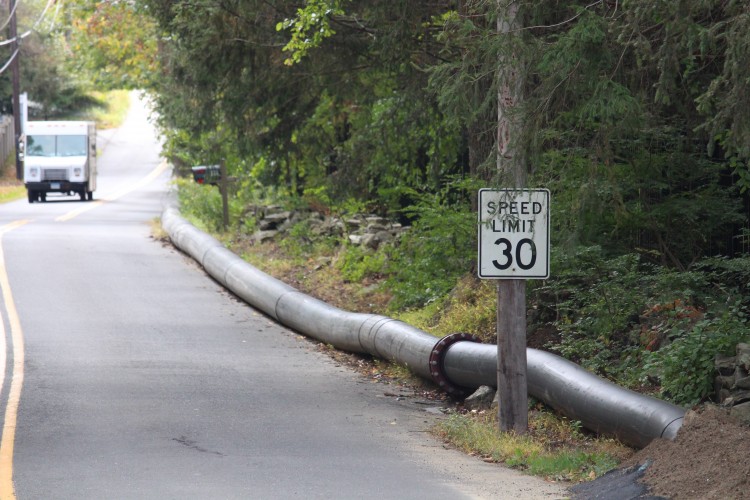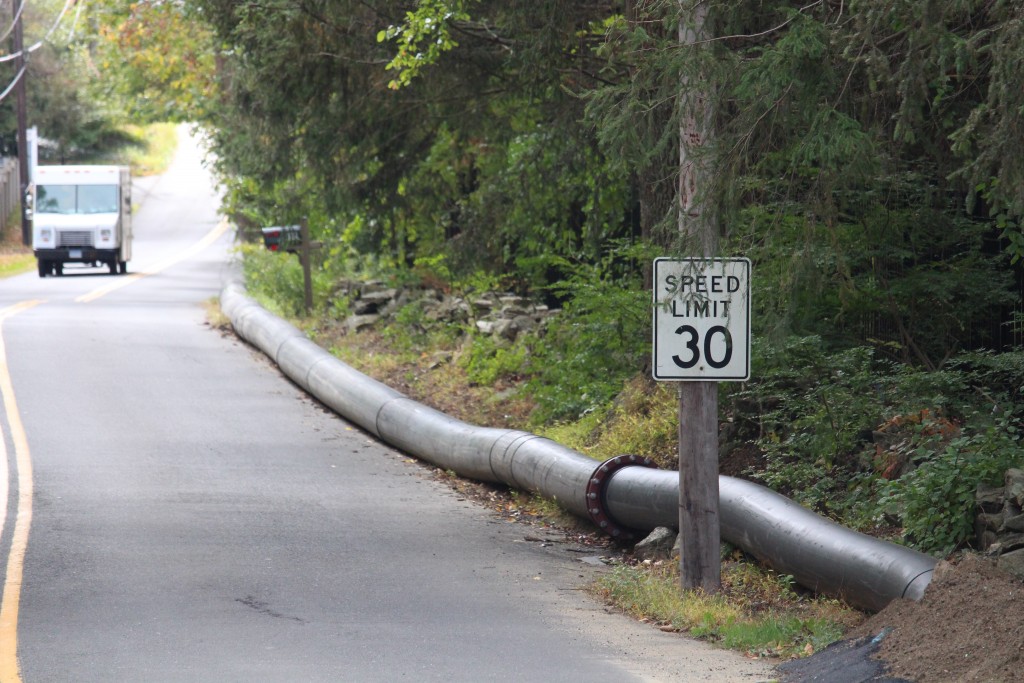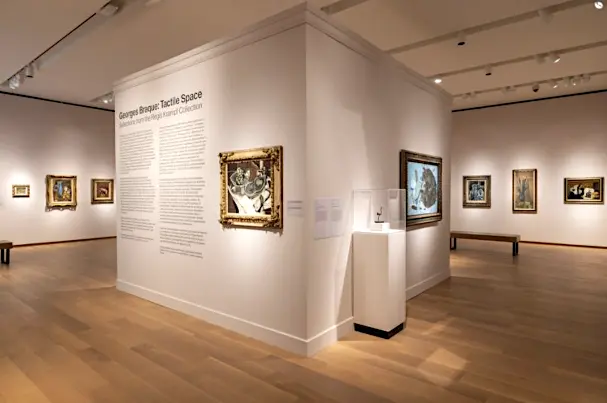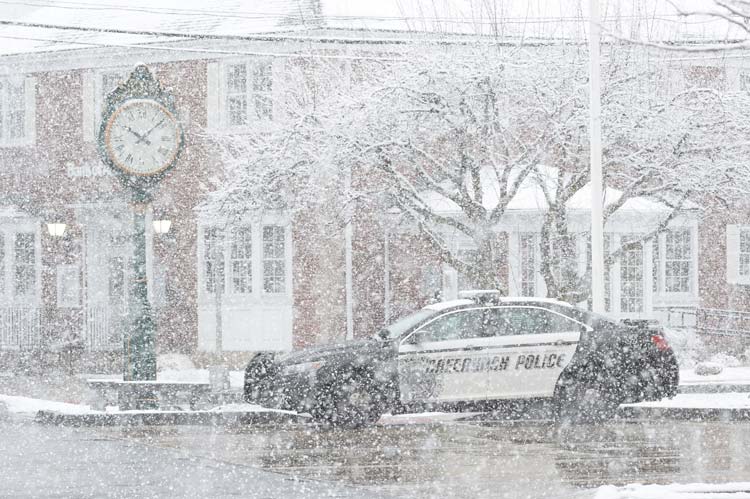

As Greenwich’s water supply steadily decreases, the urgency of the water shortage has reached a new high with the enactment of Phase 2 of the town’s emergency ordinance.
According to Aquarion Water Company’s latest data, the reservoir system as a whole serving the Greenwich sits just below 28 percent of capacity.
However, that low percentage doesn’t tell the complete story of the shortage and the measures being put in place to make up for the lack of water.
“That number doesn’t tell you where the water is,” said Peter Fazekas, director of public relations for Aquarion.
Fazekas said while the Putnam Reservoir’s levels could actually be lower, piping water from the Bargh Reservoir in north Stamford to the Putnam Reservoir—where a treatment center is located—is one way they are tackling the water shortage.
In fact, the quick installation of overground pipes through a section of northeast Greenwich is part of the emergency declaration that the state recently enacted.
“We’ve never asked the state to declare a water supply emergency before,” said Fazekas.
The state’s Department of Public Health recently declared the towns of Greenwich, Stamford, Darien and New Canaan to be in public water supply emergency status.
This triggered the process of transferring water aboveground, in addition to their normal underground route, to begin.
“We put a mile-and-a-half above-ground water main from Stamford into Greenwich,” said Fazekas. “The purpose of the above-ground water main is to pull water from the Bargh Reservoir in Stamford to bring it to Putnam Reservoir, where the treatment plant is. This is adding water to the Putnam Reservoir more than we could have done with our normal underground water main.”
The four reservoirs that serve Greenwich—Rockwood, Bargh, Brush, and Putnam—have seen slowly decreasing water levels, and have taken a massive dip in the past year.
Last year at this time, the total reservoir system for Greenwich sat at approximately 45 percent capacity, compared to the current 27.9 percent.
While a decrease of water level is normal during and after the summer months, the current levels are considered quite unusual. During the 20-year period 1995 to 2014, the average town-wide water levels were above 60 percent capacity on the first day of October.
“We experienced very high water demand over the summer,” said Fazekas. “They called for voluntary measures over the summer, but there really was no drop in usage until the mandatory ban took place.”
Last week, water use for irrigation of existing lawns was prohibited; restaurants started serving water only upon request; and town services shut down certain operations involving water use.
The Greenwich Fire Department has delayed its hose-testing program until spring, which saves an estimated 40,000 gallons of water. A tanker trunk is also being assigned for all calls in areas that are served by Aquarion over concerns about water pressure and flow availability for fires.
The Parks and Recreation Department has deferred all playing field maintenance, re-sodding, and tree plantings until spring. Meanwhile, at the Griffith Harris Golf Club, crews are irrigating only tee and greens areas, and doing so with water from a pond on the course.
The water usage ban was put in place in the hope of seeing water levels return to normal or even spilling, which occurs when the water level rises over the dam that is holding it.

“It potentially could go into next year,” Fazekas said of the water use ban. “We will have to see where the reservoir levels are at after the winter. Typically, our reservoirs refill during the winter period into the early spring. Our reservoirs are usually spilling.”
Since the first phase of the water use ban was approved by the Board of Selectmen, the Greenwich Police Department has received 153 complaints of water ban violations. The ban allows officers to issue a summons to repeat water-use offenders, which carries a $91 fine.
Under the ban, watering of new plantings is allowed by bucket or watering can, but the use of water for an irrigation system of existing lawns is prohibited. No power washing is allowed, either.
All industrial and commercial businesses must formulate a water conservation plan that reduces consumption by 20 percent.
The ban also stipulates that residents are required to reduce water usage by 20 percent. Residents are to make sure that all plumbing and air conditioning systems that use water are in good repair, with no leakage.
Aquarion says that techniques like gray water reuse can play a small but important role in conserving water.
Gray water, also known as wash water, can be reused and recycled for different purposes “if the water would be going down the drain anyways,” says Fazekas.
“If people are using it to fill a bucket and water a plant that way, it’s perfectly fine. People that have dehumidifiers, that is water that could be re-used. But we’re talking about a small quantity of water here.”




